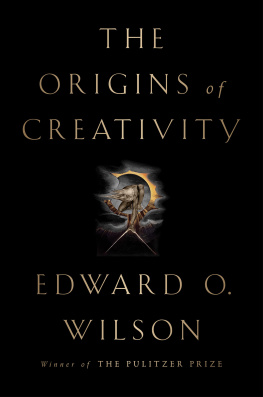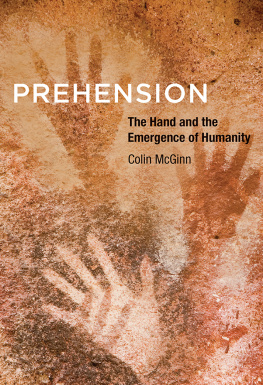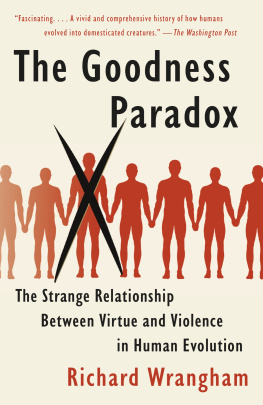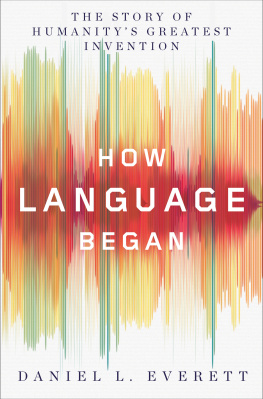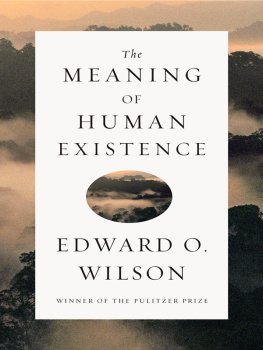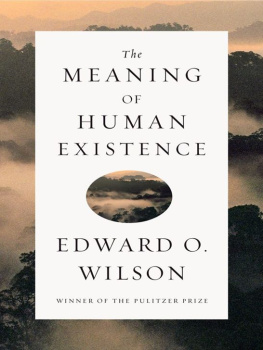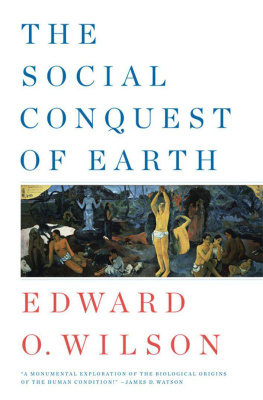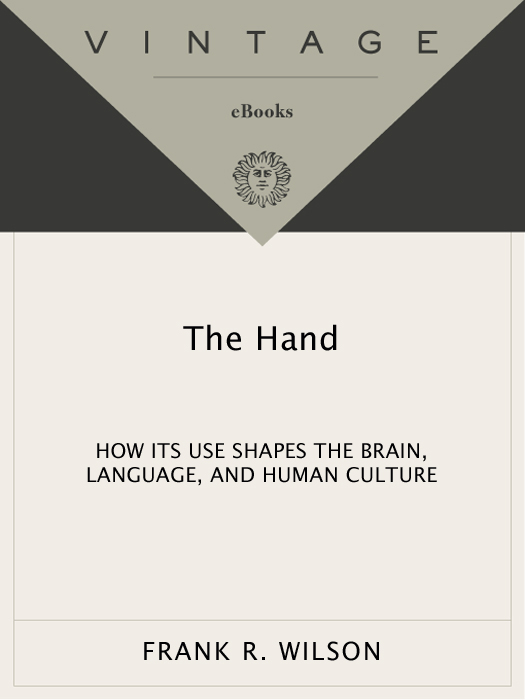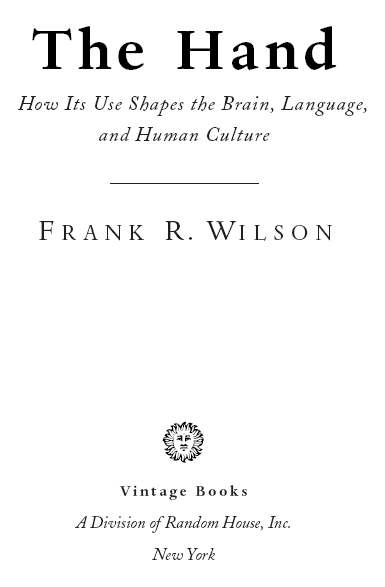ABOUT THE AUTHOR
Frank R. Wilson, M.D.
Frank Wilson is a neurologist/author who resides in Portland, Oregon. Now retired from active clinical practice, he was a founder of the Health Program for Performing Artists at the University of California San Francisco, and its medical director from 1996-2000. He was Visiting Professor of Neurology at the University of Dsseldorf in 1989-1990, Associate Clinical Professor of Neurology at the University of California, San Francisco until 2000, and Clinical Professor of Neurology at Stanford University Medical Center until 2004. He has long been interested in the neurology of skilled hand movement, and is a widely respected authority on the neurology of acquired hand disorders. He lectures regularly at professional conferences and serves on the Board of Directors of Big Picture Learning, a nonprofit corporation that has established and administers over 60 alternative inner city urban high schools in the United States. Dr. Wilson is currently writing a book about his thirty years as a neurologist.
ALSO BY Frank R. Wilson
Tone Deaf and All Thumbs?
CO-EDITOR WITH FRANZ ROEHMANN
The Biology of Music Making
Music and Child Development
FIRST VINTAGE BOOKS EDITION, SEPTEMBER 1999
Copyright 1998 by Frank R. Wilson
All rights reserved under International and Pan-American Copyright Conventions. Published in the United States by Vintage Books, a division of Random House, Inc., New York, and simultaneously in Canada by Random House of Canada Limited, Toronto. Originally published in hardcover in the United States by Pantheon Books, New York, in 1998.
Vintage and colophon are registered trademarks of Random House, Inc.
Permissions acknowledgments appear on .
The Library of Congress has cataloged the Pantheon edition as follows:
Wilson, Frank R.
The hand / Frank R. Wilson.
p. cm.
eISBN: 978-0-307-77277-0
1. HandPhysiology. I. Title.
QP334.W53 1998
612.91dc21 97-46427
www.vintagebooks.com
v3.1
F OR P AT , S UZANNA, AND J EFF ,
without whom there
would be no point
to anything
I am quite a wise old bird, but I am no desert hermit who can only prophesy when his guts are knotted with hunger. I am deep in the old mans puzzle, trying to link the wisdom of the body with the wisdom of the spirit until the two are one. At my age you cannot divide spirit from body without anguish and destruction, from which you will speak nothing but crazy lies.
P ADRE I GNACIO B LAZON
in Fifth Business by Robertson Davies
Contents
Acknowledgments
W ORK ON THIS BOOK began in the summer of 1989, as I was starting a sabbatical year in the department of neurology at the University of Dsseldorf, in what was then West Germany. Nineteen eighty-nine turned out to be a good year for this trip: the Berlin Wall came down, the oppressive governments of Eastern Europe fell, and the world began to seek a new understanding of itself. No one knew, or could guess, what was coming next.
As you will see, little did we know what was coming next is a classic evolutionary and developmental theme, visited and revisited in this book. It is also a specific description of the journey my wife and I began as we headed out from New York toward Southampton aboard the QEII. More than once since that bright and hopeful departure I have had reason to recall the prophetic words of Lauren Sosniak (about whose work with the University of Chicagos Development of Talent Research Project you will read later in the book): No one had any idea what they were getting involved in at the start; no idea how long it would take, no idea where it would lead.
Writing this book has been like thatexactly like thatand now I face the serious but happy task of thanking the many people who contributed over an extended period to the unexpected achievement I believe our joint efforts represent. No one could have planned the book that finally emerged from this cooperative venture, nor can anyone know what comes nexthow these ideas and experiences will be received. But I think we can be proud of what we have attempted to say, and to ask.
First and foremost, I wish to express my profound gratitude to Dan Frank, my editor at Pantheon, who lavished his attention and vision on this project throughout its long gestation, patiently guiding the development of its theme and the definition of its boundaries. As publication of the book neared, I discovered and came to depend upon several others at Pantheon whose affectionate attention to this project made me feel as if I had become part of their family: Kristen Bearse, Ed Cohen, Sharon Dougherty, Kathy Grasso, Jay Gress, Altie Karper, Grace McVeigh, Claudine OHearn, and Meryl Zegarek. Equally, my deepest thanks to my agent Rosalie Siegel, who never lost her patience as two years turned into four, and four into eight. Rosalie never lost her sense of humor, never let a dark cloud linger on our horizon.
Shortly after Pat and I moved to Dsseldorf, I met and then formally interviewed Anton Bachleitner, the director of the Dsseldorf Marionette Theater. This surprising encounter triggered more than a score of similar interviews whose powerful collective message reminded me of the famous dictum of Wilder Penfield, one of the great patriarchs of neurology and neurosurgery: La neurologie cherche comprendre lhomme lui-mmeit is the task of neurology to understand man himself. To all those who shared their stories with me (most, but not all of whom you will meet in these pages), I thank you, and assure you that each and every one of you lives equally in the heart of this book: Robert Albo, Anton Bachleitner, Jeanne Bamberger, Anat Baniel, Meg Bennett, Jochen Blum, Nancy Byl, Joseph Cleary, Matthew Dickey, Leonard Gordon, David Hall, Barbara Hansen, Reed Hearon, Elizabeth Jones, Harlan Lane, George McLean, Mark Mitton, Richard Moore, Robert Norman, Patrick OBrien, Loren Pedersen, Serge Percelly, David Ransom, Jack Schafer, Dorothy Taubman, Richard Unger, and Richard Young.
Several individuals were particularly generous with their time, professional knowledge, and enthusiasm in helping me develop and assemble the books scientific, educational, and professional themes: Jeanne Bamberger, Harlan Lane, Mary Marzke, Mark Mitton, and Pat OBrien. I am also grateful to Donald Johanson for making available for illustration specimens from the collection of the Institute of Human Origins at Arizona State University. Important information about the history of puppets was provided by two prominent British puppeteers: George Speaight and Ted Beresford. Dr. Anastassios Simonidis, Consul-General of the Republic of Cyprus in San Francisco, kindly and patiently led me through a maze of Greek terminology to a treasury of crucial information about ancient Greek medicine and puppetry.
Several individuals provided access, counsel, solitude, and/or sanctuary at crucial times: Marit Bakke, John Beebe, Martha Crewe, Susan and Robert Guerguy, Bonnie Helms, Robert Hopcke, Elizabeth Jones, Steve Kaye, Katie Clare Mazzeo, Helmut Mller, Loren Pedersen, Earl Reeve, Lynn Rogers, Barry and Norma Fisher Saipe, David Turner, and Richard Unger (and Alana, and Shannon McCarthy). Peter F. Ostwaldmentor, colleague, and friendprovided inspiration and example over many years of our association at the University of California School of Medicine in San Francisco, and I delight that our friendship continues to gain meaning through the warmth and spirit of Lise Dechamps Ostwald, who has carried Peters work forward with extraordinary grace and skill.



